All products featured are independently chosen by us. However, SoundGuys may receive a commission on orders placed through its retail links. See our ethics statement.
Best Beats headphones
June 25, 2025
Despite the high price of Beats headphones, the company has released some of the most popular headphones and earbuds ever. Regardless of how many complaints or negative reviews various Beats headsets receive, they continue to fly off the shelves. So why fight it? We’re here to explore some of the best Beats headphones you can buy.
What's new?
- This list was updated on June 25, 2025, to change format, trim content.
- This list was updated on May 28, 2024, to add the Beats Solo 4 to our top picks.
- As of the end of 2021, Beats has discontinued the Powerbeats, Solo Pro, and Beats EP headphones.
The Quick Answer
For a quick guide to the best Beats headphones that fit your life, we’ve compiled our picks below. If you’d like to learn more about each, we discuss them in the text beyond.
The best overall:
The best earbuds:

The best on-ears:

The best Android pick:

The best gym companions:


The Beats Studio Pro are the best Beats headphones

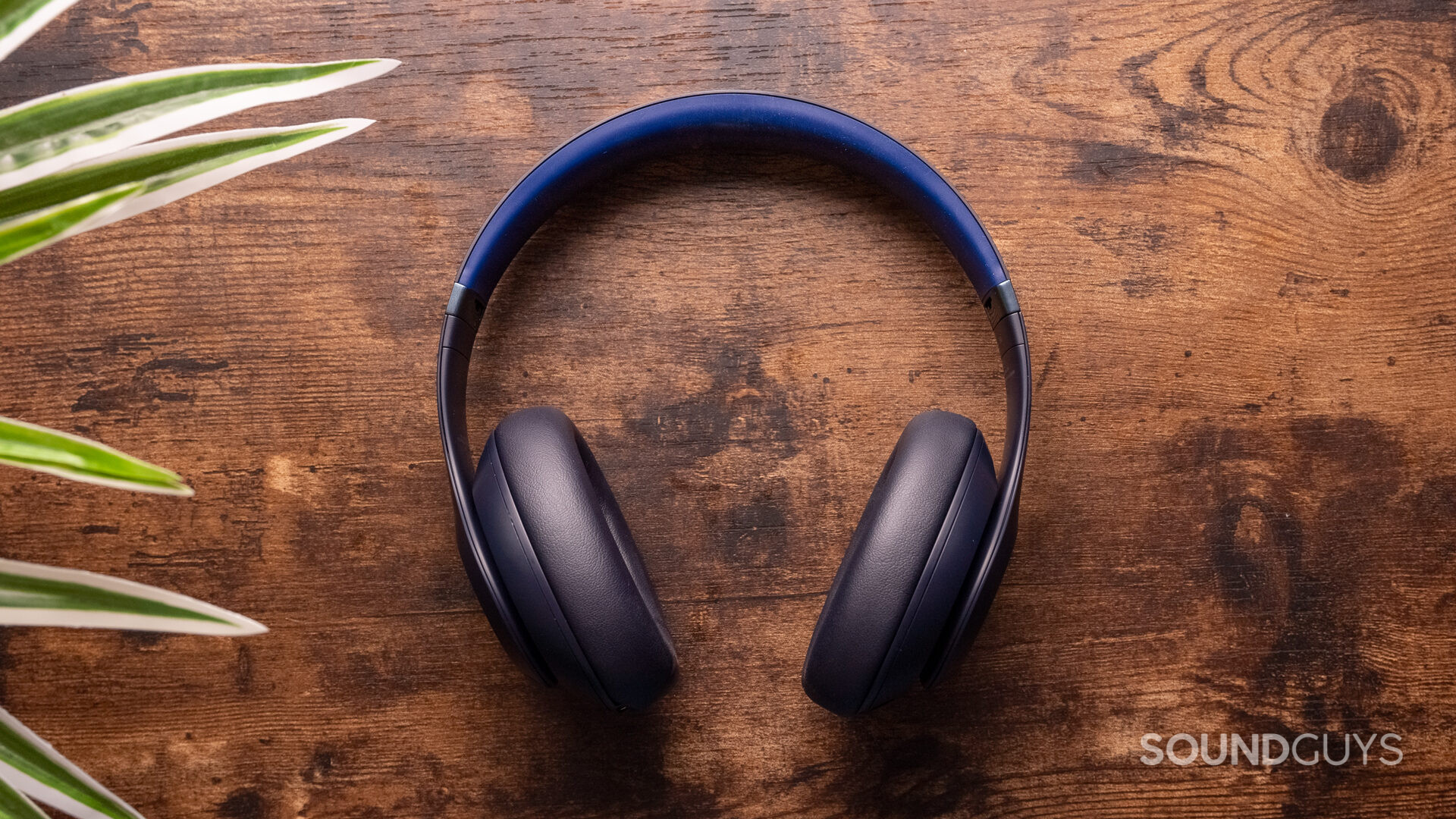
The Beats Studio Pro emerges as a worthy successor to the Beats Studio3 Wireless, blending Apple’s innovation with Beats’ signature style. Lightweight and foldable, these headphones are travel-ready and boast a unique USB DAC feature for wired USB-C listening. Apple aficionados will relish additions like head-tracked Spatial Audio and Transparency Mode. The bug caveats, however, are the smaller ear cups, which only really ensure a snug fit for those with smaller ears.
They have a robust battery life of over 31 hours, with a quick 10-minute charge yielding 4 hours of playback. Sound-wise, the headphones lean towards treble by default, though there are other EQ presets — but only if you’re listening wired. The ANC performance stands out, significantly reducing ambient noise, though again, a proper seal and fit are key for optimal sound and ANC.
The Beats Fit Pro has solid Apple technology

Are you looking to pair your Apple device with Beats style and sound? The Fit Pro, equipped with the H1 chip and spatial audio (basically surround sound) courtesy of Apple, has you in mind. Android users can access some of the features of this set of Beats as well, signaling that Beats may increasingly cater to Apple and Android users.
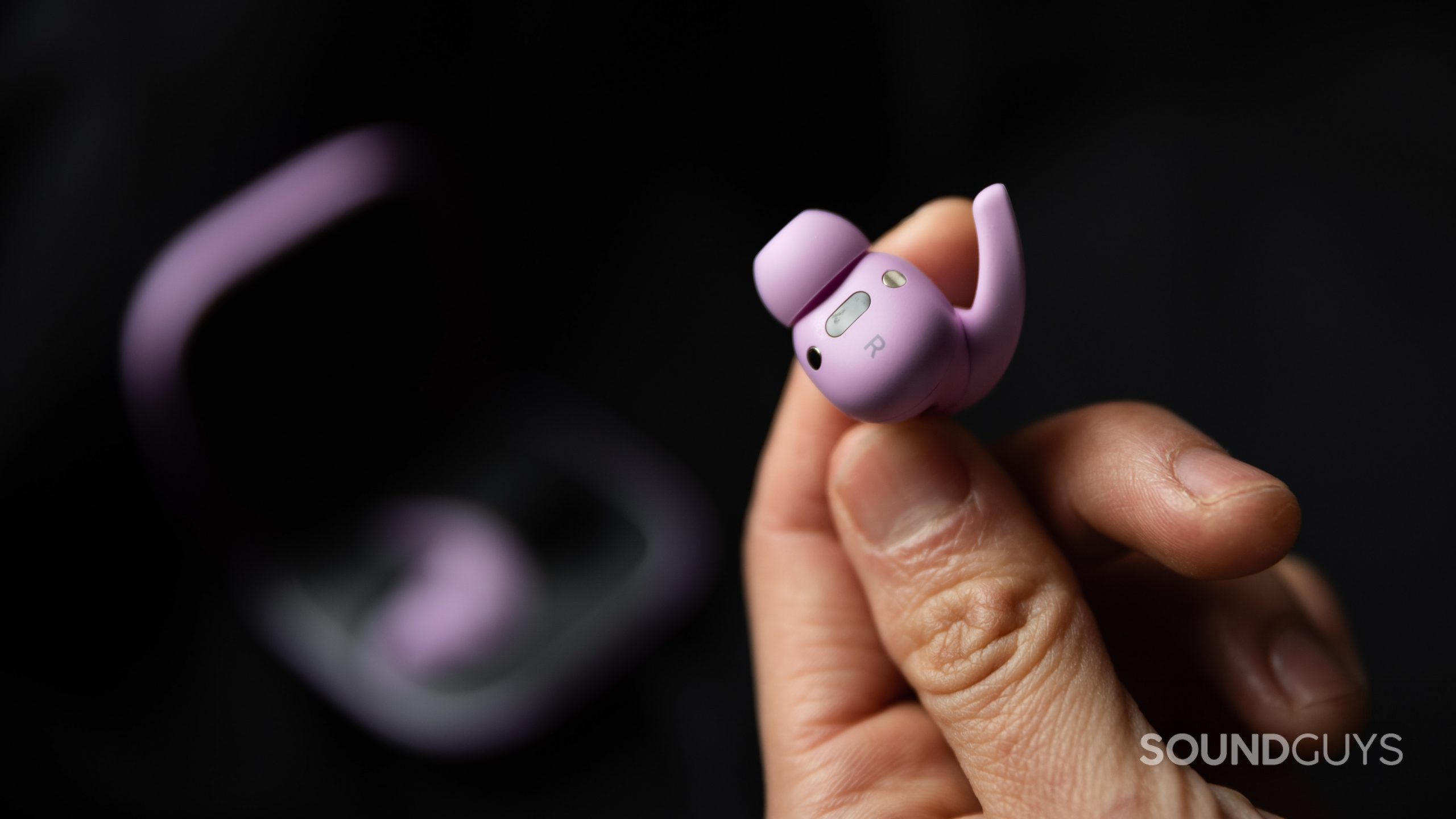
On board, you get ANC, just like the AirPods Pro, with small wing tips to lock in your fit. From photos we’ve seen, it appears that a lot of people don’t know where the “wings” are meant to go, so follow instructions to get the most out of your fit. Alongside with wings, you get a sweatproof IPX4 rating. Like the AirPods Pro, you get three different ear tips and hands-free access to Siri. Unlike Apple, you also get to choose between four different colorways in true Beats fashion.
The best on-ear headphones are the Beats Solo 4 Wireless

Taking over as our top on-ear pick, the new Beats Solo 4 Wireless introduces an incredibly impressive 84-hour battery life that obliterates the competition. This supreme longevity makes the lightweight, portable Solo 4 an ideal travel companion that can easily get you through several long flights before needing a recharge. The folding design compacts neatly into an included carrying case as well.
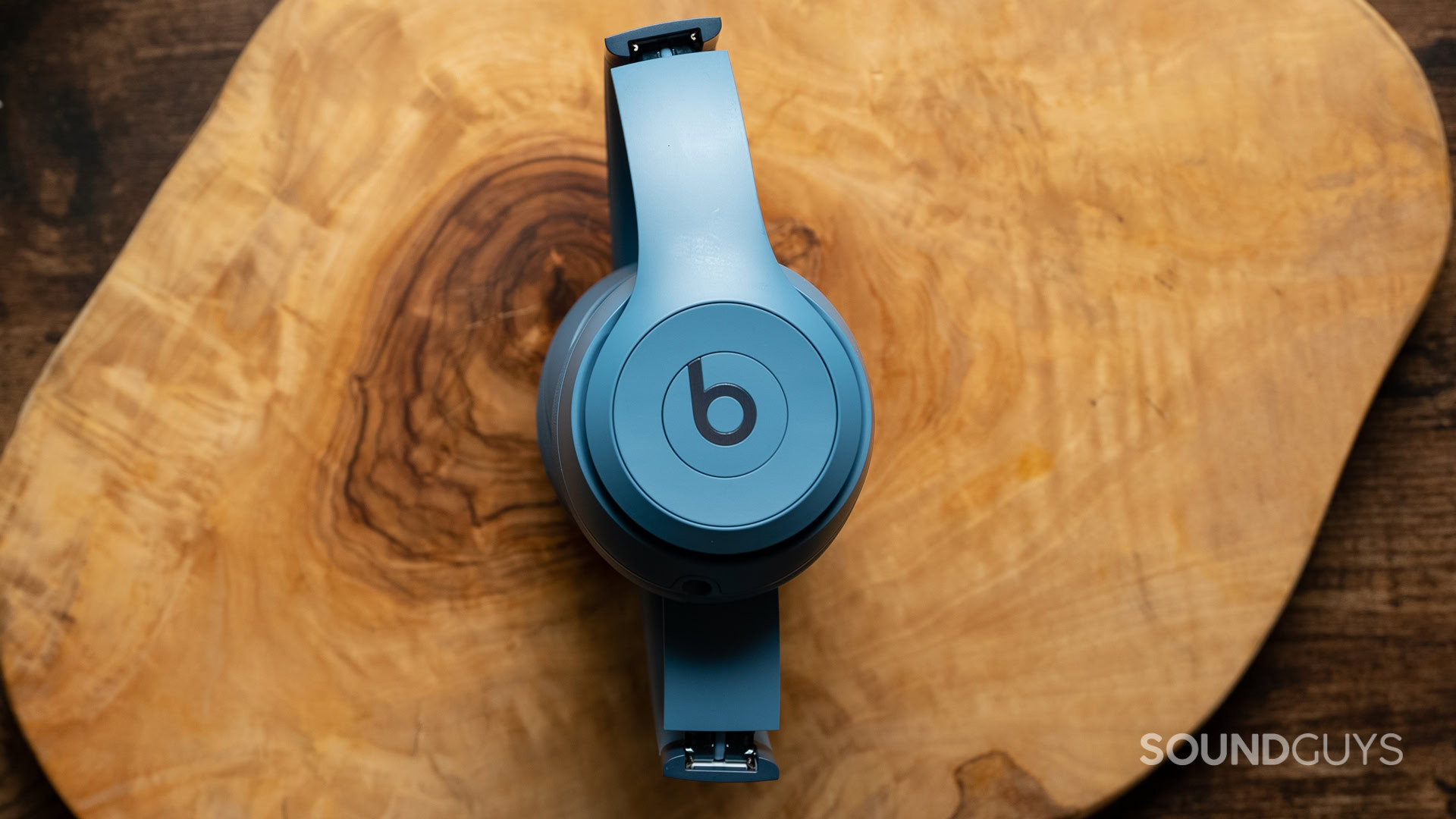
While the on-ear fit can create some inconsistencies in noise isolation and comfort over extended periods, Beats fans will appreciate the signature brand style and useful features like spatial audio with head tracking. Sound quality is fairly balanced overall, if not quite as bass-heavy as past Beats tunings. At $199, the Solo 4 comes in at a premium price point. Still, the unbeatable battery life and portability help justify it for road warriors and frequent travelers looking for that iconic Beats design in an on-ear form factor.
For Android, get the Beats Studio Buds Plus

Ditching the Apple H1 and W1 chips, the Beats Studio Buds Plus aims for Android users more than other Beats. If you have an iPhone, you won’t get niceties like spatial audio or the seamless switching between Apple devices. Android users get the usual AAC and SBC options for connectivity. So it’s a bit like if you’re on Android, you don’t have to pay more for features you can’t use, not that Beats is providing you with anything extra.
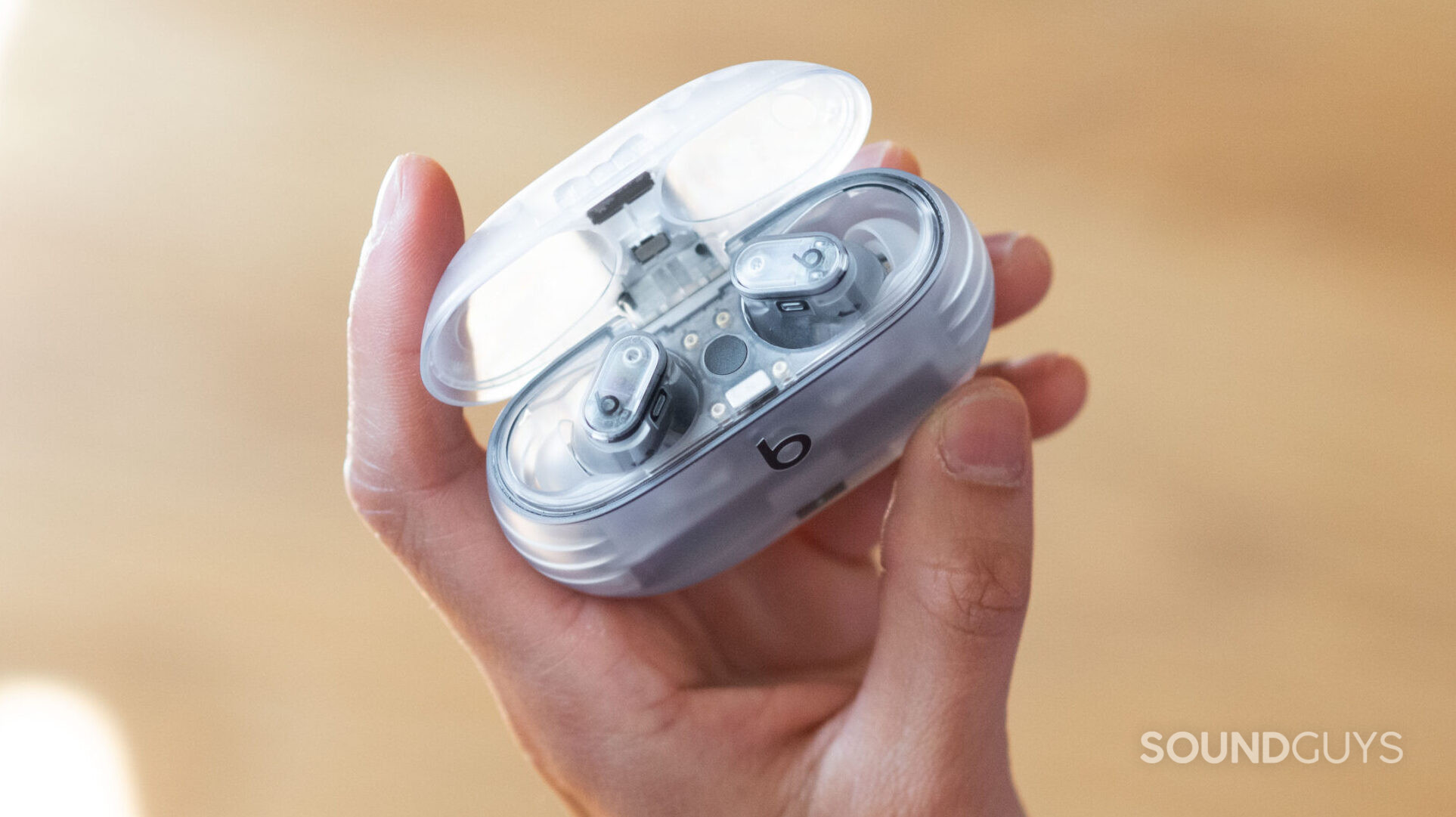
Beats Studio Buds Plus has pretty good ANC filtering up to 30dB at 90Hz, for instance. Battery life is much improved over the original Beats Studio Buds, upped to 8 hours and 22 minutes with ANC. You don’t get any EQ options; however, those who don’t love the exaggerated emphasis on bass, which masks other frequencies, can rejoice: Studio Buds Plus has a reasonable amount of bass.
Get the Powerbeats Pro 2 for exercise


If you’re a gym rat and you are embedded deep into the Apple ecosystem, the Powerbeats Pro 2 are probably what you want. These earbuds are sweatproof, decent battery life, and an ear hook design that helps keep the earbuds in place during more vigorous workouts.
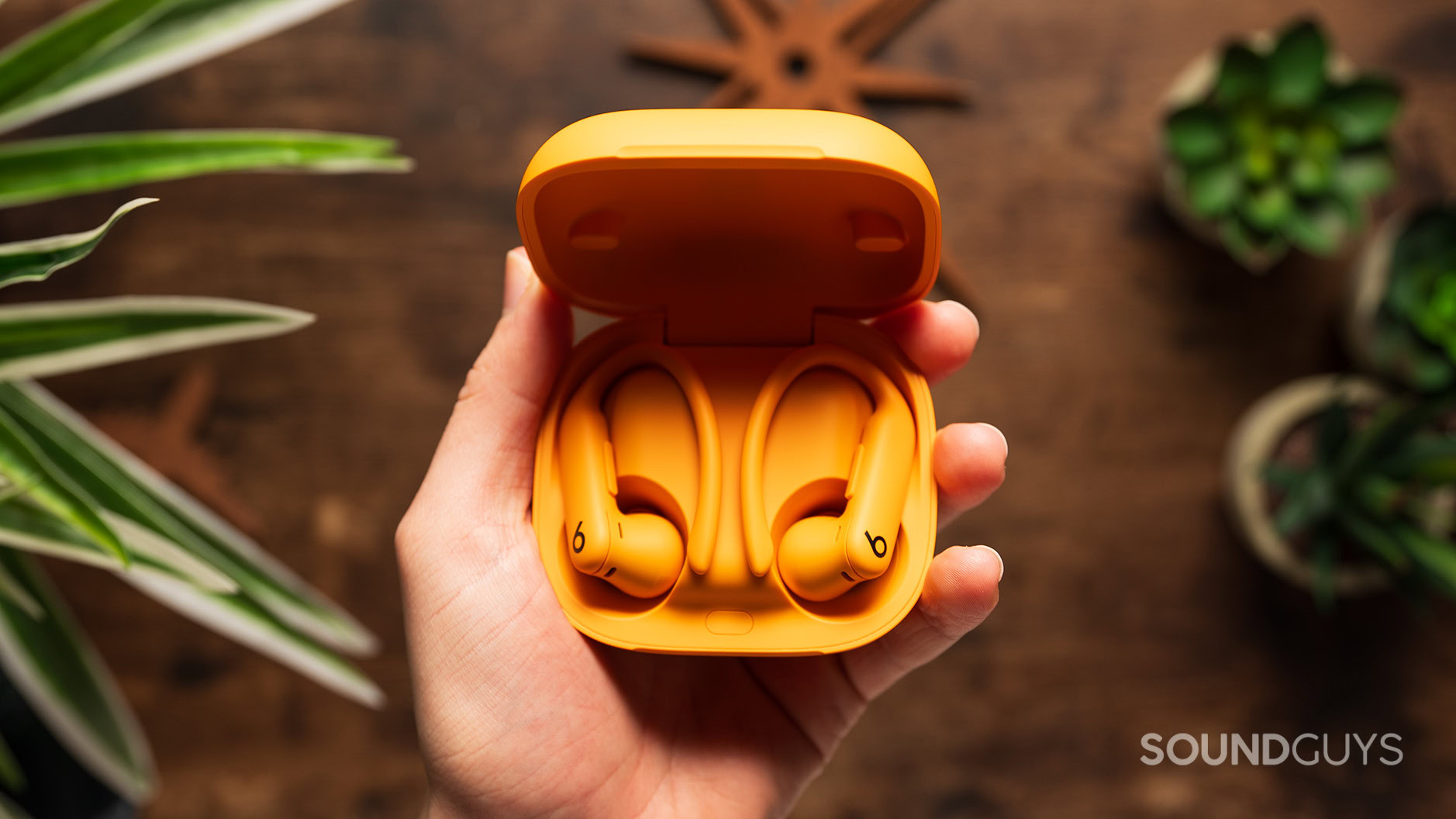
The tuning is a bit on the treble-heavy side, but our data shows that few will find anything wrong with the sound. With ANC that rivals its closest competitors, the Powerbeats Pro 2 is a little on the expensive side at $249, but it’s every bit as capable as the other workout earbuds on the market.
What you should know about the best Beats headphones
Most Beats headphones come wireless, but not all wireless standards are created equal. Owing to the company’s status as an Apple subsidiary, most Beats headphones and earbuds are firmly locked in to using AAC as its main codec for audio applications.
A codec is how two devices communicate with each other. Think of it like a language that needs to be spoken by one device and understood by another. All devices speak SBC, which is the most basic codec, and from there, things get messy. Mainly due to the fact that different companies prefer different codecs. Sony has LDAC, Qualcomm has aptX (and soon aptX Adaptive, which has the potential to be the best one so far), and companies like Apple use AAC. This should never enter your mind as something to worry about, but if you have an older Android phone, there could be some minor issues.
What’s the deal with the W1, H1, and H2 chip?
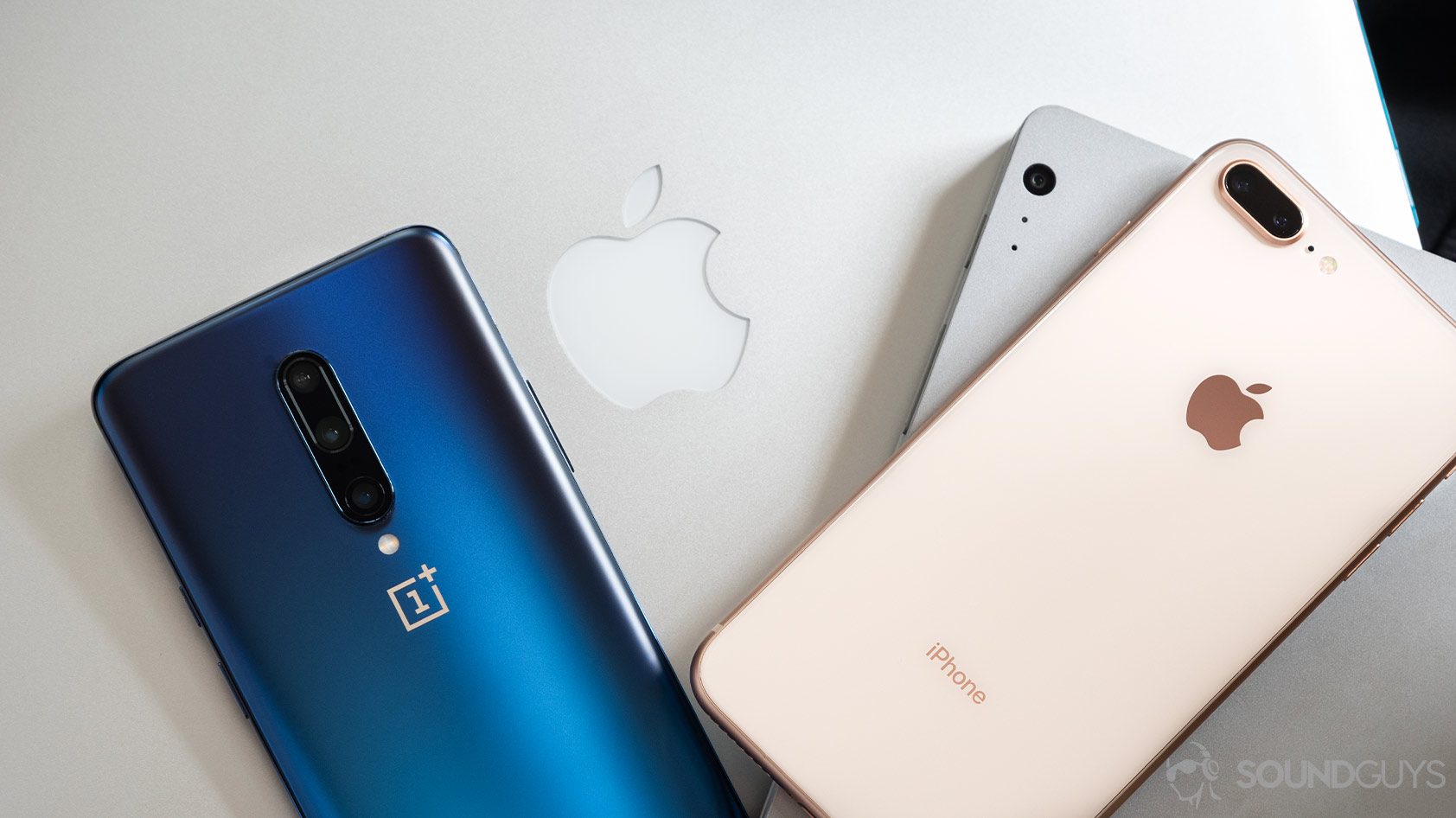
When Apple removed the headphone jack from its phones, the company announced a few Beats headphones along with it. At the time, it claimed the W1 chip was going to make Bluetooth audio easier and better for customers. Now, it’s been superseded by the H1 and the H2 chips, though the latter is only available in AirPods Pro (2nd generation). While the W1 and H2 chips function nearly the same, the main difference is how the H1 and H2 allow for hands-free Siri access.
Generally speaking, if you have an iOS device, then it will automatically detect that there is a pair of headphones nearby with an H1 (or H2) chip inside. A nice animation then pops up on your phone, showing the headphones in question. You can connect to them with just one tap. This lets you completely bypass going through your Bluetooth settings. Sure, it’s not that big a deal, but still cool nonetheless.
The H2 chip reduces power consumption because it knows exactly how much energy the product needs. It also helps to maintain a stronger connection between the devices. So, although it isn’t a game-changer, it definitely adds some functionality that gives headphones with the older W1 and current H1 (or H2) chip an edge over headphones that don’t. You also benefit from audio sharing, which allows you to pair two sets of wireless Beats headphones to the same iPhone.
Are Beats still insanely bassy?
At the very beginning of the Beats brand, most options the company offered were incredibly bassy. That’s no longer the case, as the brand has been releasing headphones and earphones with a much more reasonable sound profile for a while now.
Loading chart ...
If you get comfortable reading a frequency response chart, you should be able to see for yourself what to expect from any one of the headphones listed above when you read their full reviews. We strongly suggest you click on through to each review to learn more about the headphones, as “best” doesn’t necessarily mean “great” when you limit yourself to one brand. All headphones have tradeoffs, and it’s worth exploring them in the full reviews.
Frequently asked questions about Beats headphones
Yes, Beats headphones, despite mixed reviews, remain popular and are considered worth it by many consumers, especially those who appreciate their signature bass-heavy sound and stylish design.
For everyday use, the Beats Studio Pro and Beats Powerbeats Pro are solid choices. The Studio Pro offers versatile features and comfort for over-ears, while the Powerbeats Pro is ideal for active lifestyles with its secure fit and long battery life.
Yes, Beats is owned by Apple. This acquisition allowed Apple to integrate Beats products with its ecosystem, leading to features like the H1 and H2 chips, which enhance the user experience, especially for Apple device users.
In short, the Beats Studio3 Wireless are inferior to the AirPods Max in almost every regard. Apple’s latest over-ear headphones feature a sturdier build, better active noise canceling performance, and a relatively neutral-leaning sound signature. However, all these advantages come at a premium, with the AirPods Max selling for $499 at Amazon. On the other hand, the Beats Studio3 Wireless is available for just under $300 USD.
The AirPods Pro and Beats Powerbeats Pro both sport the same IPX4 water-resistance rating, meaning that they shouldn’t break a sweat during even the most intense workouts. That being said, we’d still recommend the Beats Powerbeats Pro for gym rats, thanks to its ear-hook design that prevents the earbuds from falling out during exercise. Overall, the Powerbeats Pro is one of the best Apple AirPods Pro alternatives.
A lot of people are interested in the Beats Studio3 Wireless for its active noise canceling. If you’re looking to step outside the realm of Beats, consider the Sony WH-1000XM5 — one of the best ANC headphones available today. Other alternatives include the Bose Noise Canceling Headphones 700 or the Bose QuietComfort 45.
Despite the name of the product, these headphones are far from studio-grade. When mixing with headphones, you’ll want a pair that has a flat frequency response that can accurately reproduce the sound of your mix. The Beats Studio3 Wireless are targeted at consumers and, therefore, have a frequency response that is tuned to over-emphasize the low-end. If you’re looking for a good pair of cans for proper audio mixing, check out our list of the best studio headphones.
Once upon a time, Beats were the quintessential “status item” headphones that were outperformed by nearly every set of cans out there. However, as Beats grew and matured as a company, they quietly upgraded their manufacturing and design to improve their product. Over time, they started releasing competent — if still expensive — headphones and earphones that are far better. Today, they make competitive products, and now that they’re owned by Apple, meaning they have a lot to offer for iPhone users. That said, if you’re not an iPhone user, you might want to look into Beats alternatives.